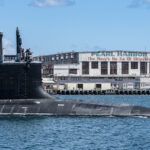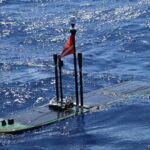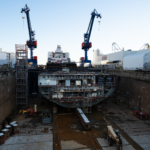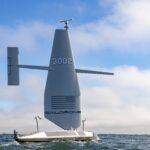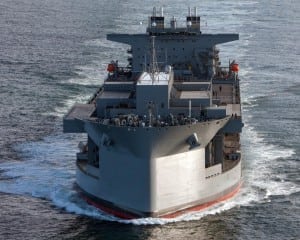
General Dynamics [GD] NASSCO is prepping the first purpose-built Afloat Forward Staging Base, the USNS Lewis B. Puller (MLP-3/ASFB-1), for delivery this week, a company official told Defense Daily.Delivery of the ship is tentatively scheduled for June 11, although it could occur a couple days earlier, Steve Eckberg, the company’s director of government programs, said in a June 5 interview.The Afloat Forward Staging Base (AFSB) design is based on another NASSCO-made ship called the Mobile Landing Platform (MLP), which was…

